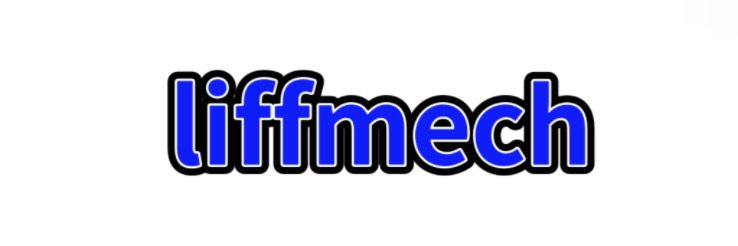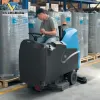Automatic Driving Scrubber vs. Traditional Cleaning Methods: Which One Truly Boosts Productivity?
Apr. 16, 2025
In the commercial and industrial cleaning industry, improving efficiency and reducing labor costs are top priorities. As automation becomes more accessible, many facility managers are weighing the benefits of modern cleaning equipment—especially automatic driving scrubbers—against traditional cleaning methods like manual mopping or walk-behind scrubbers. This article compares both approaches across several critical dimensions to help you determine which one truly enhances productivity for your specific needs.
Application Areas: Large vs. Small-Scale Environments
Automatic driving scrubbers are designed for high-traffic, large-area environments such as airports, shopping malls, and warehouses. Their wide cleaning paths and long battery life make them ideal for spaces over 2,000 square meters. Traditional cleaning methods, including manual mopping and basic scrubbers, are more suitable for smaller areas, tight corners, and low-footfall facilities. In terms of application scope, automatic driving scrubbers offer a clear advantage for expansive, open environments where covering ground quickly matters.
User Group: Skilled Operator vs. General Cleaning Staff
Automatic driving scrubbers usually require minimal training and are often equipped with user-friendly interfaces, automatic navigation, and programmable settings. This makes them suitable even for general cleaning staff with basic instruction. On the other hand, traditional methods are more physically demanding and rely heavily on the skill and consistency of the operator. From a workforce perspective, automatic scrubbers reduce the dependency on highly trained labor while improving uniformity in cleaning results.
Performance: Cleaning Quality and Time Efficiency
Studies show that an automatic driving scrubber can clean up to 4,000 square meters per hour, depending on the model and layout of the facility. In comparison, a person using a manual mop may only cover around 150–200 square meters per hour, and walk-behind scrubbers typically manage around 1,000–1,500 square meters per hour. Moreover, automatic scrubbers apply consistent pressure and water usage, ensuring superior cleaning quality with fewer passes. Traditional methods often result in uneven coverage and require rework, particularly in high-traffic zones.
Cost and Investment: Upfront vs. Long-Term Value
Automatic Floor Scrubber come with a higher initial investment, ranging from $5,000 to over $20,000 depending on the features and brand. However, they can significantly reduce long-term operational costs by minimizing labor hours, water consumption, and chemical usage. In contrast, traditional cleaning tools are inexpensive upfront but result in higher recurring costs due to increased labor and maintenance. For facilities with continuous cleaning needs, the ROI of automatic scrubbers often becomes evident within the first 12–18 months.
Usage Scenarios: Routine Cleaning vs. Heavy-Duty Operations
For routine daily cleaning in commercial buildings, automatic scrubbers offer unmatched speed and consistency. They are especially valuable in logistics centers, hospitals, and large retail chains where downtime must be minimized. Traditional methods are better suited for ad-hoc spot cleaning, irregular layouts, or areas with lots of obstacles where maneuverability is more important than speed. If your operations involve frequent, repetitive cleaning across large zones, an automatic scrubber provides a more streamlined solution.
Advantages and Disadvantages: A Balanced Perspective
Automatic Driving Scrubbers
Advantages: High productivity, consistent cleaning quality, lower labor dependency, eco-friendly models available.
Disadvantages: Higher initial cost, may require space for charging and storage, limited use in extremely tight spaces.
Traditional Cleaning Methods
Advantages: Low initial investment, easy to use in narrow or irregular spaces, minimal setup required.
Disadvantages: Labor-intensive, inconsistent cleaning quality, slower coverage, higher water and chemical consumption.
Conclusion: Choose Based on Your Cleaning Priorities
If your priority is high-efficiency, large-area cleaning with minimal manual intervention, the automatic driving floor scrubber is the superior choice. It may require a higher initial investment, but the long-term benefits in speed, consistency, and labor savings make it a cost-effective solution for industrial and commercial environments.
However, if your facility is smaller, has many tight corners, or requires irregular, low-volume cleaning, traditional methods still hold value, especially in terms of upfront affordability and flexibility. Ultimately, the best choice depends on your facility layout, cleaning frequency, and budget expectations.
6
0
0
None
None


Comments
All Comments (0)